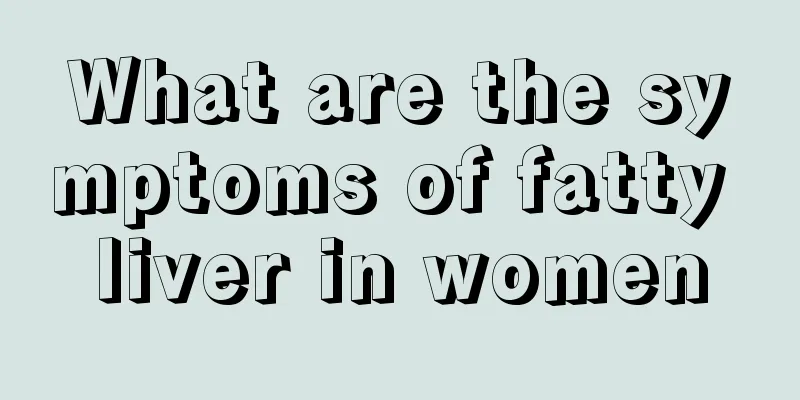Will Neisseria meningitidis definitely cause meningitis?

|
Recently, the news that two junior high school students in Xining died of illness has attracted the attention of many netizens. The news report mentioned: "Ma Moumou, blood culture positive for Neisseria meningitidis", "Yan Moumou, blood culture positive for Neisseria meningitidis". (Source: China News Service WeChat Official Account) So, what is Neisseria meningitidis? Will culturing Neisseria meningitidis definitely cause meningitis? How can we prevent it? This article will answer these questions for you one by one. What is Neisseria meningitidis? Neisseria meningitidis was first isolated from cerebrospinal fluid by Weichselbaum in 1887. It is a Gram-negative bacterium, with individual bacteria in kidney or bean shape, often arranged in pairs with concave surfaces, so it is sometimes called "meningococcus". The bacteria have high nutritional requirements and are easy to grow in blood agar or chocolate agar medium at 37°C and 5%-10% CO2. Generally, after 48 hours of culture, Neisseria meningitidis forms round, shiny, transparent or translucent, dew-drop-like mucus-type colonies with a diameter of about 1-5 mm on the culture medium. The bacteria contain autolytic enzymes and are easily dissolved and killed if not inoculated in time. They are sensitive to cold and dryness. Based on the differences in capsular polysaccharide antigens, Neisseria meningitidis can be divided into at least 13 serogroups, including A, B, C, Y, and W135. There is no persistent cross-immunity between serogroups. The main pathogenic component of Neisseria meningitidis is endotoxin, which acts on small blood vessels and capillaries, causing necrosis, bleeding, skin petechiae (spots) and microcirculation disorders. In severe sepsis, the release of large amounts of endotoxin can cause disseminated intravascular coagulation and toxic shock. What diseases does Neisseria meningitidis cause? Humans are susceptible hosts to Neisseria meningitidis. The bacteria invade the body from the nasopharynx and adhere to the surface of the epithelial cells of the nasopharyngeal mucosa by the action of pili. Whether the disease will occur after infection depends mainly on the human immune function. Most people are infected as carriers or latently infected, and the bacteria only stay in the body for a short time before being cleared by the body. A few people show upper respiratory tract infections, and only 1% of the population develops purulent meningitis. This purulent meningitis caused by Neisseria meningitidis through the respiratory tract is called epidemic cerebrospinal meningitis (abbreviated as meningococcal meningitis). According to my country's "Law on the Prevention and Control of Infectious Diseases", meningococcal meningitis is reported and managed as a Class B infectious disease. Once the bacteria invade the central nervous system, it has the characteristics of rapid onset, rapid progression, and high mortality rate. What are the clinical manifestations of meningococcal disease? The main clinical manifestations of meningococcal meningitis are sudden high fever, headache, vomiting, bleeding spots or ecchymoses on the skin and mucous membranes, and neck stiffness, among other signs of meningeal irritation. How to prevent the occurrence of meningococcal meningitis? Meningococcal meningitis is an infectious disease with a high latent infection rate and high mortality rate. When a patient with meningococcal meningitis appears, it indicates that the carrier rate of the surrounding population is already at a high level. Before the 1980s, meningococcal meningitis was highly prevalent in China, with five nationwide epidemics of group A meningococcal meningitis. Since the 1980s, China has widely used meningococcal vaccines, and the incidence has dropped significantly. Vaccination against meningococcal meningitis is the best preventive measure. Currently, there are both free national immunization program vaccines and voluntary, self-paid non-immunization program vaccines available. In addition to vaccination, other good hygiene measures are equally important, including: developing good living and hygiene habits; ventilating frequently to keep indoor air circulating; strengthening exercise, keeping a regular schedule, getting enough sleep, and eating a reasonable diet to improve the body's disease resistance; when symptoms appear, seek medical treatment in a timely and standardized manner; early detection and early standardized treatment can alleviate symptoms and avoid serious health damage. What is a blood culture? The report also mentioned that the two cases of meningococcal meningitis were diagnosed by blood culture. We can also popularize this clinical microbiological testing technology. Blood culture (abbreviated as blood culture) is one of the most important tests in clinical microbiology laboratories. It is to collect blood from the patient and put it into a bottle containing culture medium to determine whether the microorganisms (bacteria or fungi) that cause the patient's infection have invaded the patient's blood. It is also the gold standard for diagnosing bloodstream infection. A positive result has a very high application value for clear diagnosis and symptomatic treatment. References [1] Diagnosis of epidemic cerebrospinal meningitis: WS 295-2019[S]. 2019. [2] Shi Wei, Yao Kaihu. Focus on epidemic meningitis outbreaks and defeating meningitis by 2030: a global roadmap[J]. Chinese Journal of Practical Pediatrics, 2023, 38(4):241-244. [3] Chinese Preventive Medicine Association. Expert consensus on meningococcal vaccination in China (2023 edition)[J]. Chinese Journal of Vaccines and Immunization, 2023, 29(1):90-101. [4] Expert consensus on the clinical practice of blood culture technology for the diagnosis of bloodstream infection[J]. Chinese Journal of Laboratory Medicine, 2022, 45(2):105-121. Author: Shuai Wang, MD Department of Infection and Clinical Microbiology, Beijing Chaoyang Hospital, Capital Medical University |
Recommend
Is it a good thing to be tight down there?
A tight vagina is usually a good thing, mainly be...
How to eat fresh water chestnuts? How to peel water chestnuts
Water chestnut is a kind of food that many people...
How to lose weight for fat women
Girls love beauty very much. If they are obese, t...
Float: Mobile healthcare has huge potential
There are 320 million mobile phone users and 1.7 ...
Why is one labia long and the other short?
The biggest difference between women and men lies...
Come and see! These blood-sucking bugs are scarier than mosquitoes and carry a variety of pathogens...
There is a kind of insect that can suck blood fro...
Brown discharge after induced labor
If a woman wants to terminate the pregnancy after...
Treatment of left lower abdominal pain after abortion
The cause of the problem of left lower abdominal ...
Reasons for better skin after pregnancy
After pregnancy, some people may find that their ...
Causes of abdominal pain in early pregnancy
Everyone's life grows from the simplest ferti...
Uterine fluid accumulation 42 days after delivery
After giving birth, a woman's body will go th...
6 abnormal expressions of female private parts
Women's private parts are very fragile and ea...
Woke up with a bald head? Don't worry! You just need to...
This article was reviewed by Guo Shubin, Chief Ph...









